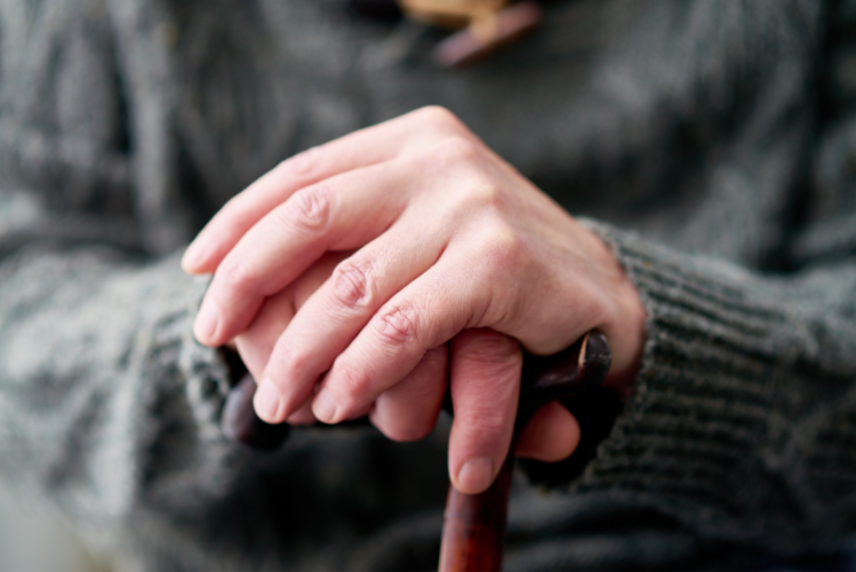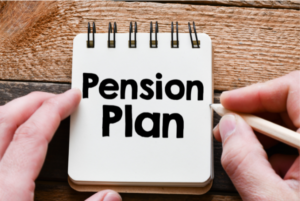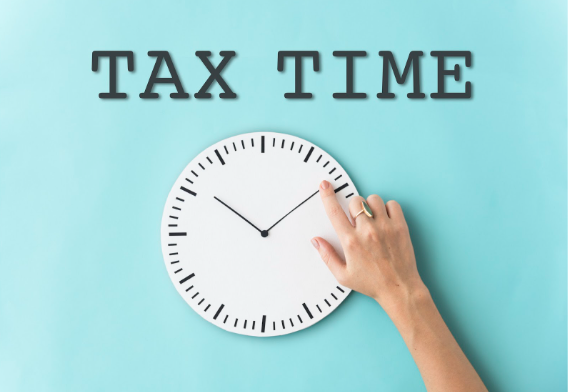
If I Go Bankrupt, Will I Lose My Pension?
Many people are concerned that they may lose their RRSPs and other pension contributions if they declare personal bankruptcy.
In general, you can maintain your RRSP savings after declaring bankruptcy in Canada because the majority of Registered Retirement Savings Plans (RRSPs) are locked in.
Except for contributions made within the previous year, RRSPs are immune from seizure for your creditors under section 67(1)(b.3) of the Bankruptcy and Insolvency Act (BIA).
The BIA further stipulates that assets that are shielded from seizure by provincial law are not subject to claim by creditors.
For Ontario:
The Ontario Pension Benefits Act protects Registered Pension Plans from seizure during bankruptcies. Ontario safeguards registered pension plans that are sponsored by businesses or the government. In these plans, irrespective of when the contribution was made, all pension assets are preserved. Contributions from the employer and the employee are both immune to seizure.

RSPs with a life insurance component are safeguarded by the Insurance Act of Ontario if the recipient is a spouse, child, parent, or grandchild. All contributions are secure in this instance.
What About RRSP to RRSP Transfers?
A contribution and a transfer are not the same thing. If you move money from one RRSP to another business, your trustee cannot seize the money because it is not a new contribution made within the last year.
What About a Bankruptcy and a Spousal RRSP?
RRSPs that you control and own are subject to the BIA. The trustee cannot seize payments you made to your spousal plan if you file for bankruptcy. The most your wife’s spousal RRSP can lose in the event of bankruptcy is what you contributed in the previous 12 months.
What About RRIF?
An RRSP and an RRIF (Registered Retirement Income Fund) are treated equally. People who withdraw money from a RIF typically do not make current contributions, but if they do, their risk is limited to contributions made during the previous 12 months.
How are DPSPs handled in Bankruptcy?
In a bankruptcy, a DPSP (Deferred Profit Sharing Plan) is handled similarly to an RRSP. Any contributions made during the last 12 months have the maximum exposure. The majority of DPSP plans provide that an employee cannot take their money while still working for that employer, potentially protecting the whole balance.
Locked-in Pension Schemes
Pension plans that have been given the designation of “Locked-In Registered Plan” are shielded from bankruptcy and seizure. The plan’s assets, including recent contributions, can not be claimed by the debt expert handling the bankruptcy.
What About Bankruptcy and TFSA?
Despite being a registered savings vehicle, a TFSA (Tax-Free Savings Account) is not an RRSP and can therefore be seized.
If I Declare Bankruptcy, What Happens to My RESP?
An RESP (Registered Education Savings Plan ) is regarded as the plan holder’s asset because the plan holder (often the parent) has the flexibility to withdraw funds at any time. As a result, this may be seized if the plan holder declares bankruptcy.
How to Safeguard Assets That Are at Risk if You File for Bankruptcy

In reality, the majority of people who are thinking about filing for personal bankruptcy have stopped contributing to their RRSPs because they are devoting the majority of their income to debt repayment. However, here is what we suggest to people:
You have three options if you have contributions from the previous year or other assets that can be seized, such as RESPs:
- You can ask the official handling the bankruptcy to withdraw the payments from the previous year by getting in touch with the bank or investment firm. You are not responsible for any additional expenses or liabilities because the debt expert will take care of the tax that is due on that withdrawal.
- You can choose to add more money to your bankruptcy to “buy back” your RRSP contributions from the previous year. You might pay the debt expert an additional $700 and keep the entire value of your RRSP if, for instance, you contributed $1,000 and are in the 30% tax bracket. The same holds true for any assets you may have in a TFSA or an RESP. One can set up a payment schedule that corresponds to the bankruptcy’s duration.
- You might choose to submit a consumer proposal if you have a sizable amount of seizable property. You don’t lose any assets or your RRSP in a consumer proposal.
As a final piece of advice, if you are not worried about getting your wages garnished, you could cease making contributions to your RRSP right away to minimize the number of contributions made over the previous 12 months while you catch up on rent, electricity, or other current obligations.
Don’t Let Bankruptcy Ruin Your Retirement
People using their RRSP assets to pay off debt while they are in financial distress is one of the most frequent and expensive financial blunders.
If you have a lot of debt, using your RRSP to pay off debt is not a great idea. Without first discussing your alternatives with a debt expert, you shouldn’t use your RRSP resources to pay down debt. Preserving these savings for your retirement makes sense because RRSPs are safeguarded in bankruptcy.
Final Thoughts
Declaring bankruptcy is not a decision you make on a whim, there are pros and cons attached to it. It is important that you seek counselling before taking this step. You may have many questions you still want to be answered as regards to pension and bankruptcy or any other financial-related questions. EmpireOne Credit Solutions is designed to help you with everything you need to know. You may want to consider other options such as a consumer proposal instead of bankruptcy, as you don’t lose any of your assets in a consumer proposal.
Book a free appointment with our staff to find out if bankruptcy is suitable for you.





